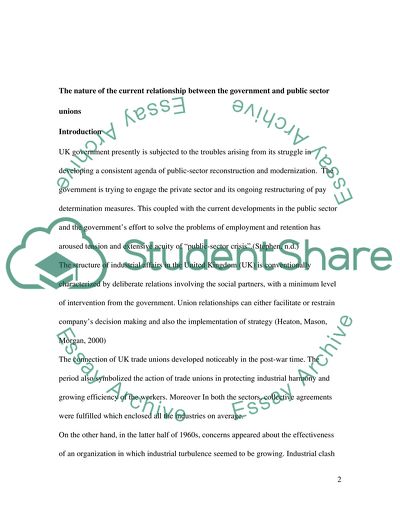Cite this document
(“Relationship Between The Government And Public Sector Unions Case Study”, n.d.)
Relationship Between The Government And Public Sector Unions Case Study. Retrieved from https://studentshare.org/politics/1731449-discuss-the-nature-of-the-current-relationship-between-the-government-and-public-sector-unions
Relationship Between The Government And Public Sector Unions Case Study. Retrieved from https://studentshare.org/politics/1731449-discuss-the-nature-of-the-current-relationship-between-the-government-and-public-sector-unions
(Relationship Between The Government And Public Sector Unions Case Study)
Relationship Between The Government And Public Sector Unions Case Study. https://studentshare.org/politics/1731449-discuss-the-nature-of-the-current-relationship-between-the-government-and-public-sector-unions.
Relationship Between The Government And Public Sector Unions Case Study. https://studentshare.org/politics/1731449-discuss-the-nature-of-the-current-relationship-between-the-government-and-public-sector-unions.
“Relationship Between The Government And Public Sector Unions Case Study”, n.d. https://studentshare.org/politics/1731449-discuss-the-nature-of-the-current-relationship-between-the-government-and-public-sector-unions.


